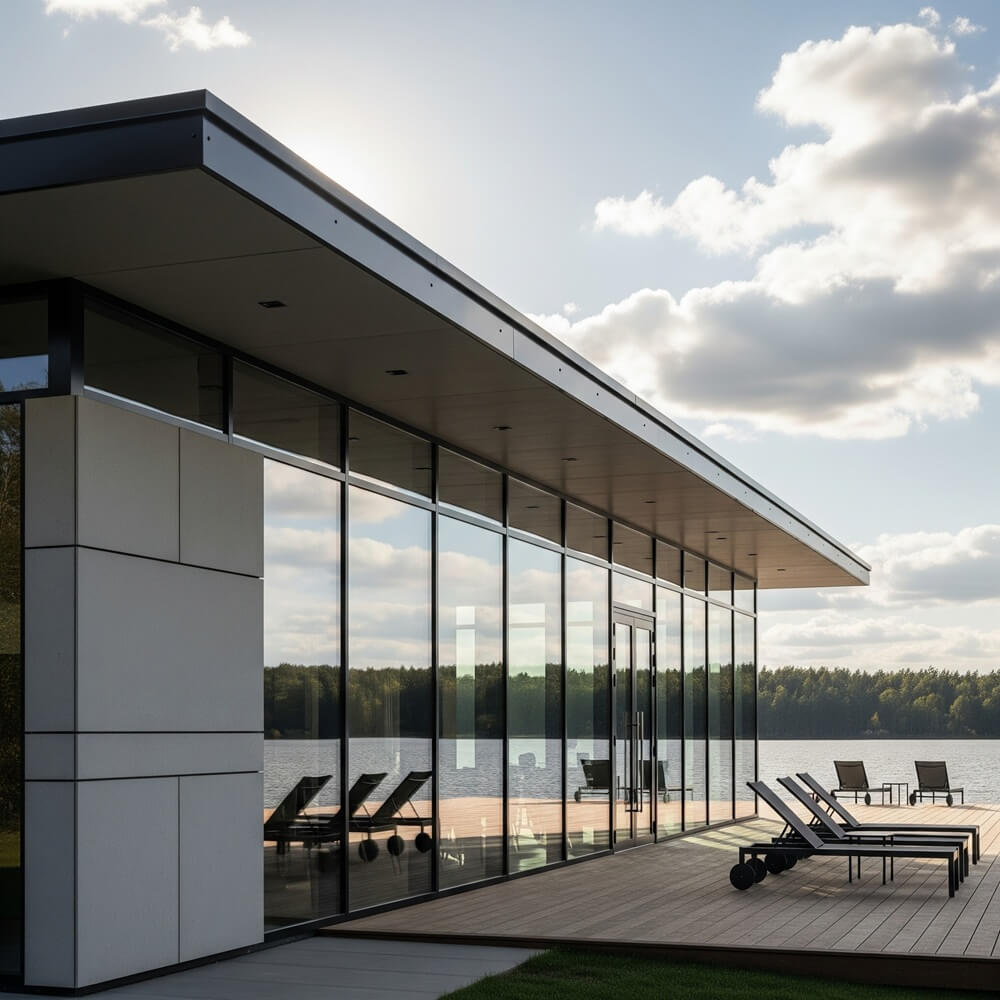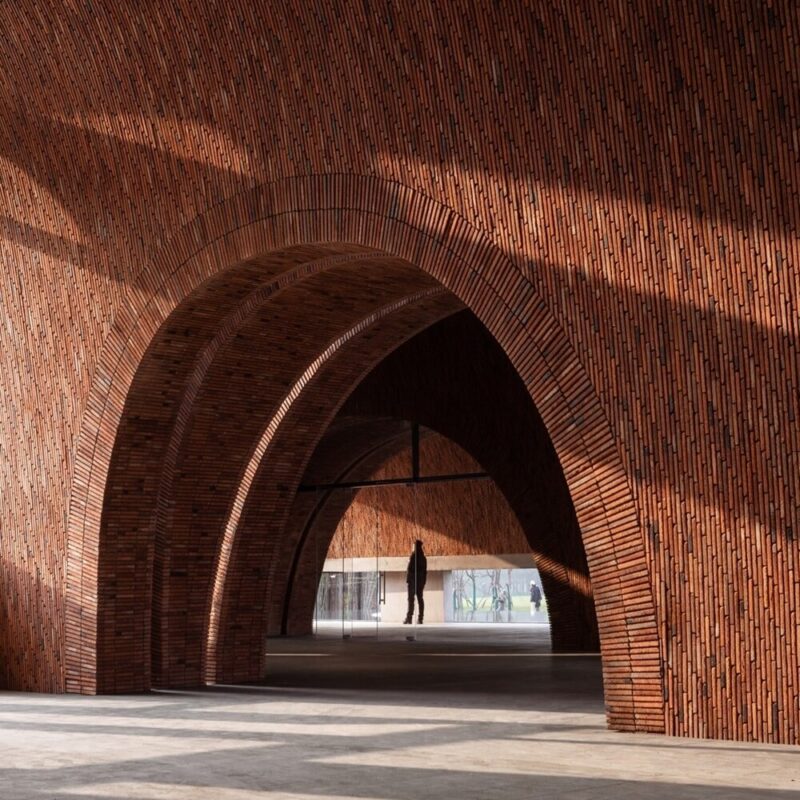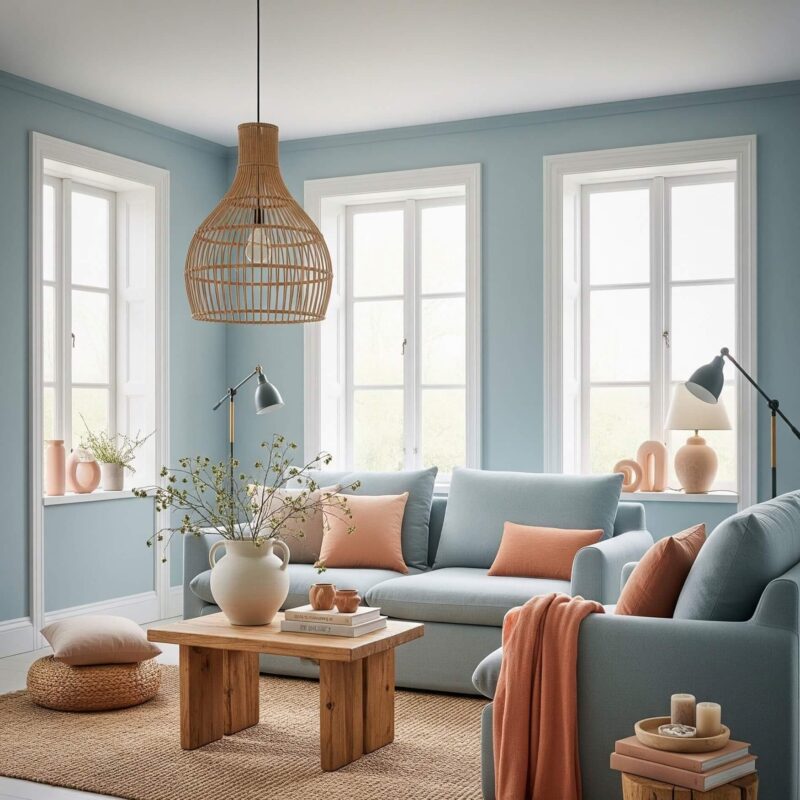The Evolution of Modern Architecture: From Form to Function, A Deeper Dive

Modern architecture is a story of radical innovation that fundamentally changed how we design and inhabit our built environment. It emerged as a powerful reaction against the ornate and historical styles of the 19th century, with a belief that buildings should be honest about their materials, serve their purpose, and reflect the new, mechanized age. This movement, far from being a single style, is a rich and complex tapestry of ideas that continues to shape our cities and the way we live.
Core Principles That Redefined Design
At its heart, modern architecture was guided by a few transformative principles that challenged centuries of tradition. These ideas laid the groundwork for everything that followed.
“Form Follows Function”: This famous maxim, originally coined by architect Louis Sullivan, is the philosophical cornerstone of the movement. It means that the design of a building—its shape, its layout, and its materials—should be a direct and honest expression of its purpose. The functional requirements of a space, whether it’s a factory, an office, or a home, were to dictate its final form, stripping away any superfluous decoration.
Minimalism and Simplicity: Modernism embraced the power of simplicity. Buildings were characterized by clean lines, geometric shapes, and an absence of decorative flourishes. The focus shifted from what a building looked like to what it was made of. The beauty was found in the inherent qualities of the materials themselves and in the carefully considered spatial relationships.
New Materials and Technologies: The Industrial Revolution provided modern architects with an entirely new palette of materials. The mass production of steel, reinforced concrete, and large sheets of plate glass allowed for unprecedented structural possibilities. Architects could now create vast, open interior spaces, large floor-to-ceiling windows, and buildings that soared to previously unimaginable heights.
The Rise of the Skyscraper: A Defining Moment
The invention of the steel frame and the safety elevator in the late 19th century unlocked the vertical potential of cities. The skyscraper became the ultimate symbol of modern architecture and a monument to human ingenuity. It was an entirely new building type, one that perfectly embodied the modern tenets of functionality and efficiency. The “Race to the Top” in cities like Chicago and New York led to the construction of iconic towers that forever changed the urban skyline, demonstrating the power of a new architectural language.
Iconic Movements and Styles
Modern architecture is a diverse family of styles, each contributing to the larger movement.
Art Deco: Flourishing in the 1920s and 30s, Art Deco celebrated the glamour and optimism of the machine age. Known for its geometric patterns, sleek lines, and luxurious materials like chrome and marble, it produced iconic structures like the Chrysler Building in New York.
Bauhaus: Founded in Germany, the Bauhaus school sought to unify art and industrial technology. Its philosophy of “less is more” and its focus on mass-producible, functional design became a global influence. Think of simple, practical furniture and buildings with flat roofs and unadorned facades.
International Style: A truly global movement, this style dominated from the 1920s through the 1960s. It is defined by its rectilinear forms, unadorned surfaces, and a focus on open, flexible interior spaces, epitomized by the glass-and-steel aesthetic of buildings like the Seagram Building.
Brutalism: Emerging after World War II, Brutalism was a powerful and often polarizing movement. It celebrated the “brutality” of raw, unfinished concrete and exposed structural elements. Though often criticized for being cold, it created some of the most dynamic and sculptural buildings of the mid-20th century.
The Modern Legacy and a Look to the Future
The principles of modern architecture continue to influence contemporary design, but with a new set of priorities. Today’s architects are building on this legacy by addressing new challenges.
Sustainable Design: Contemporary modernism often integrates passive solar design, green roofs, and the use of recycled and locally sourced materials to reduce a building’s environmental footprint.
Human-Centered Design: There is a renewed focus on creating spaces that foster well-being, with an emphasis on natural light, biophilic elements, and a connection to the outdoors.
Technological Integration: From smart home systems to parametric design software, technology is now an integral part of the architectural process, allowing for more complex, innovative, and efficient buildings than ever before.
In short, the legacy of modern architecture is not just in the buildings themselves, but in the enduring belief that design can—and should—improve our lives.
Related Posts
Exterior Design: Boosting Your Home’s Curb Appeal
-
Posted by
masoud
- 0 comments
Sustainable Interior Design: Your Ultimate Guide to a Beautiful, Eco-Friendly Home
-
Posted by
masoud
- 0 comments
The Resurgence of Craftsmanship and Local Materials in Modern Architecture
-
Posted by
masoud
- 0 comments
Mastering Your Home’s Palette: A Comprehensive Guide to Interior Decorating with Color
-
Posted by
masoud
- 0 comments



